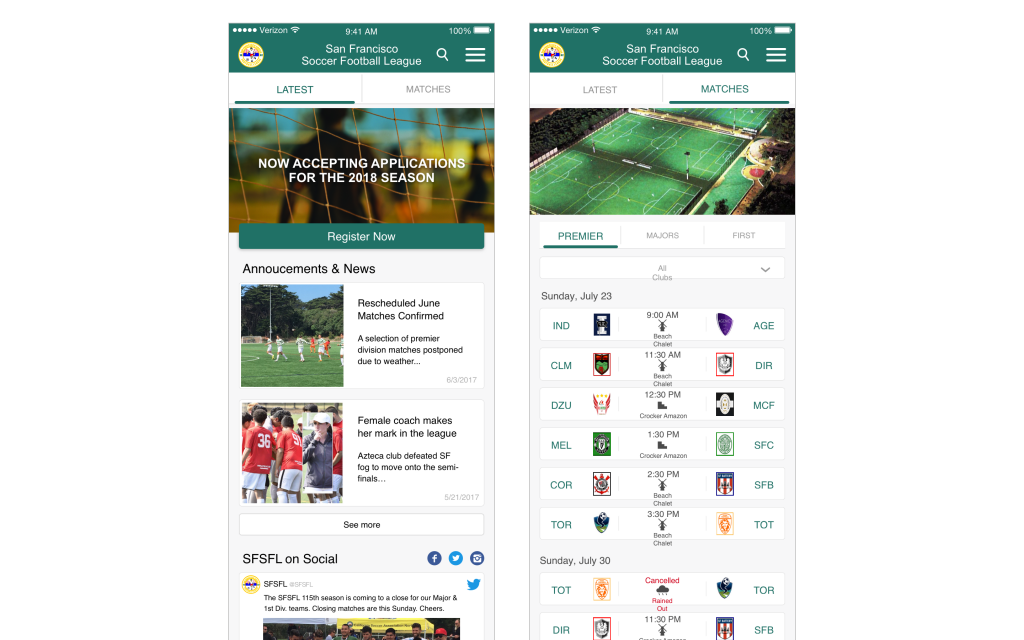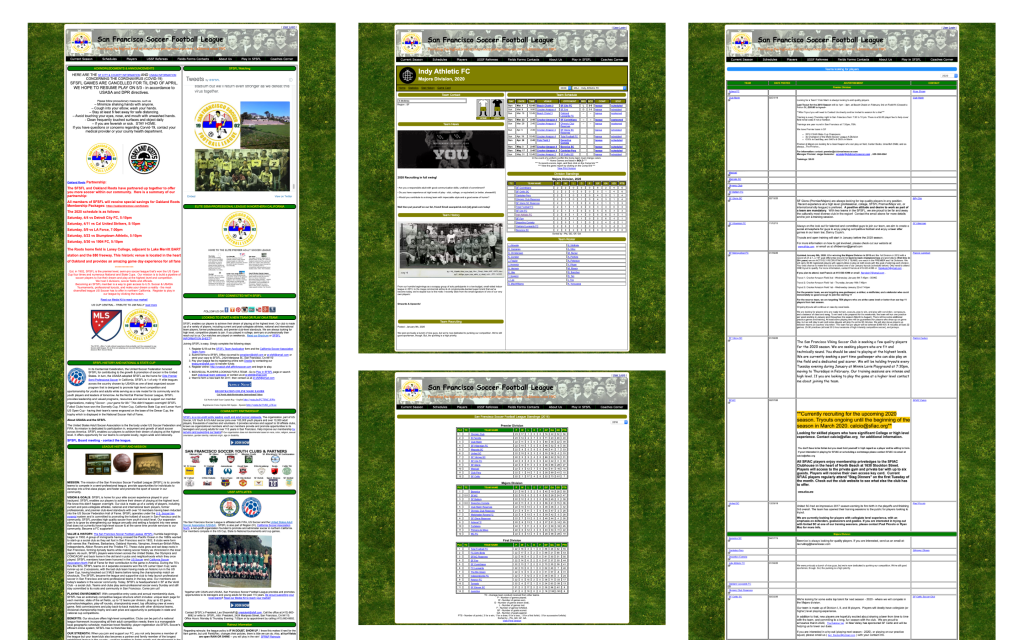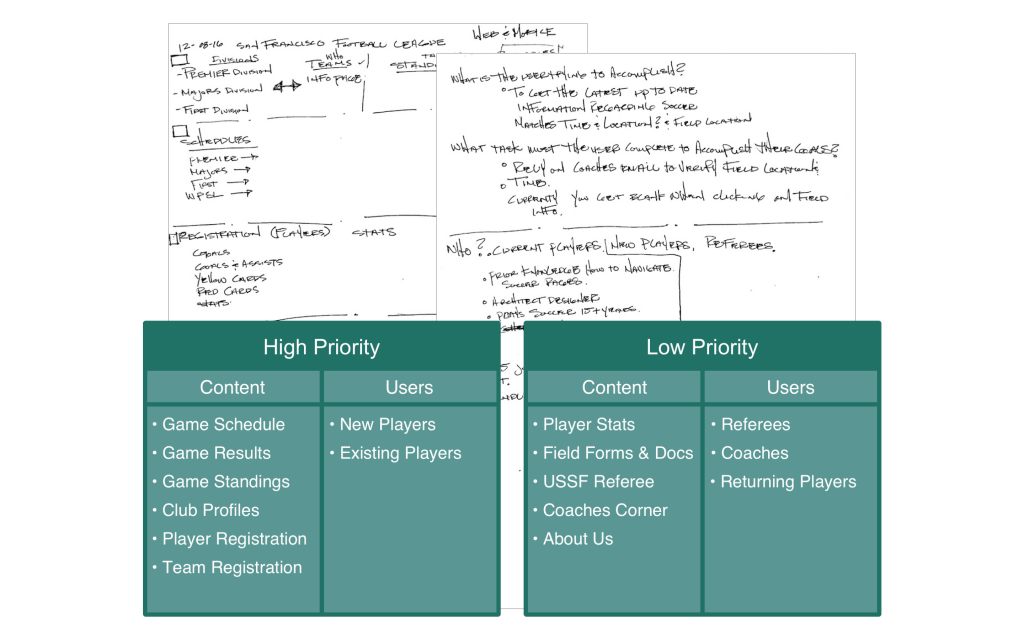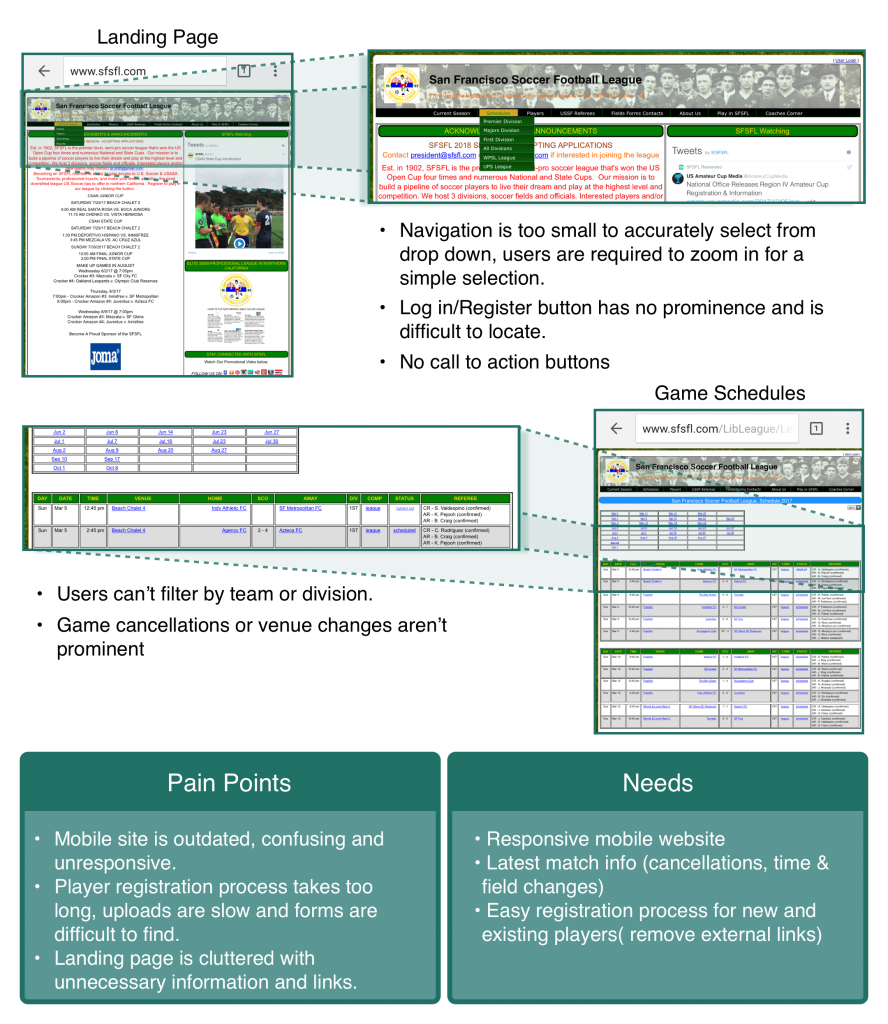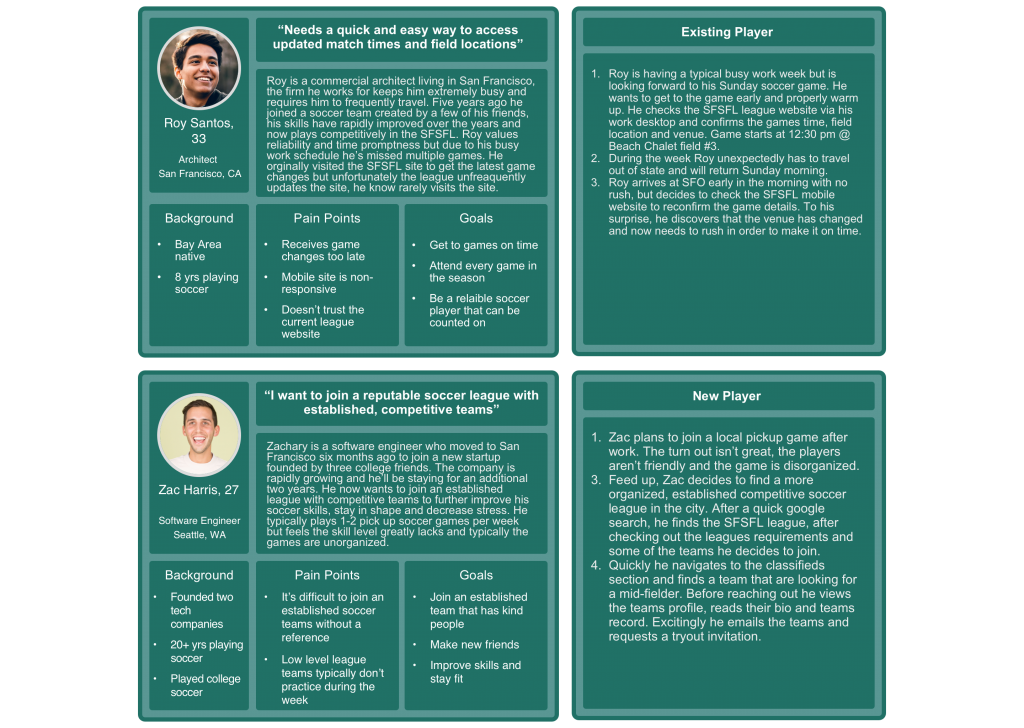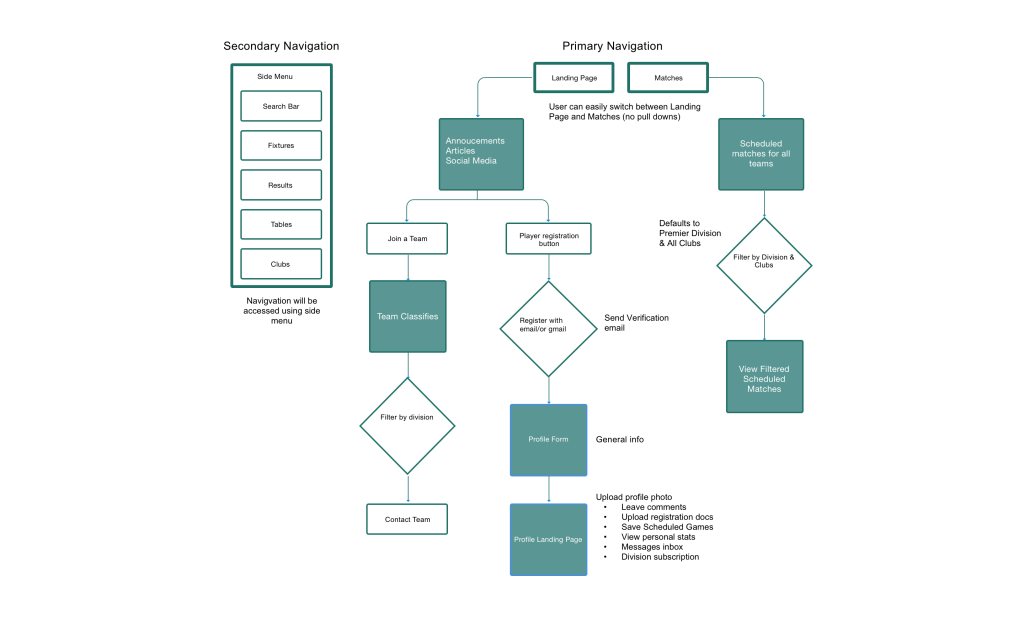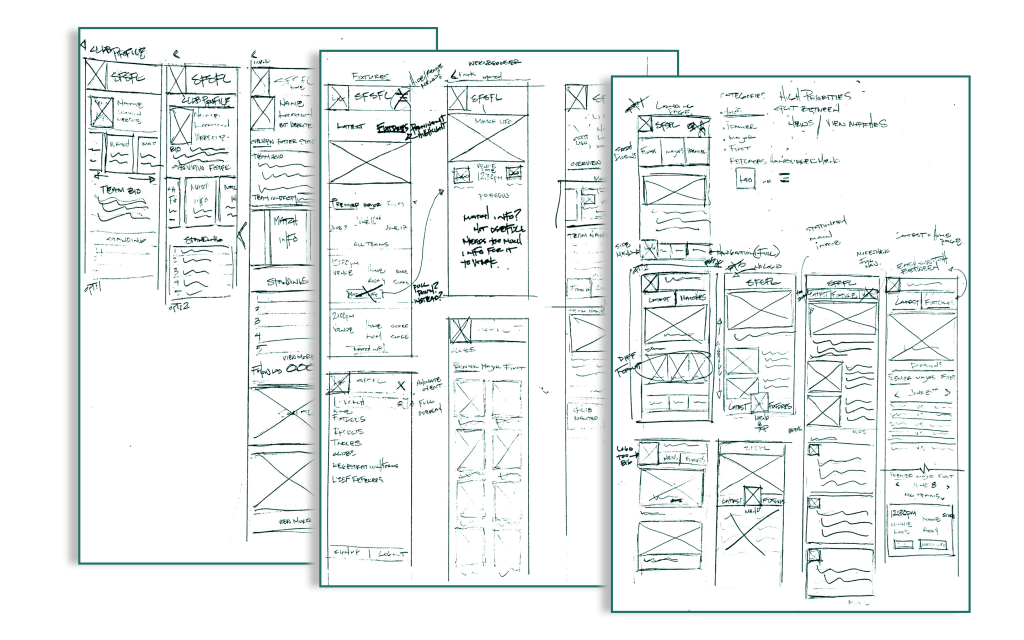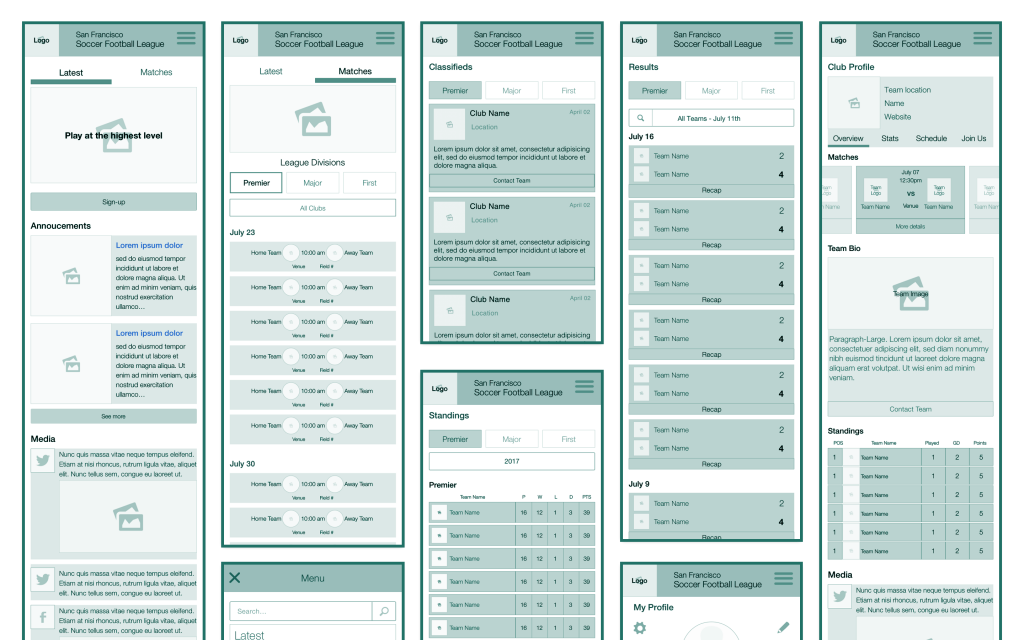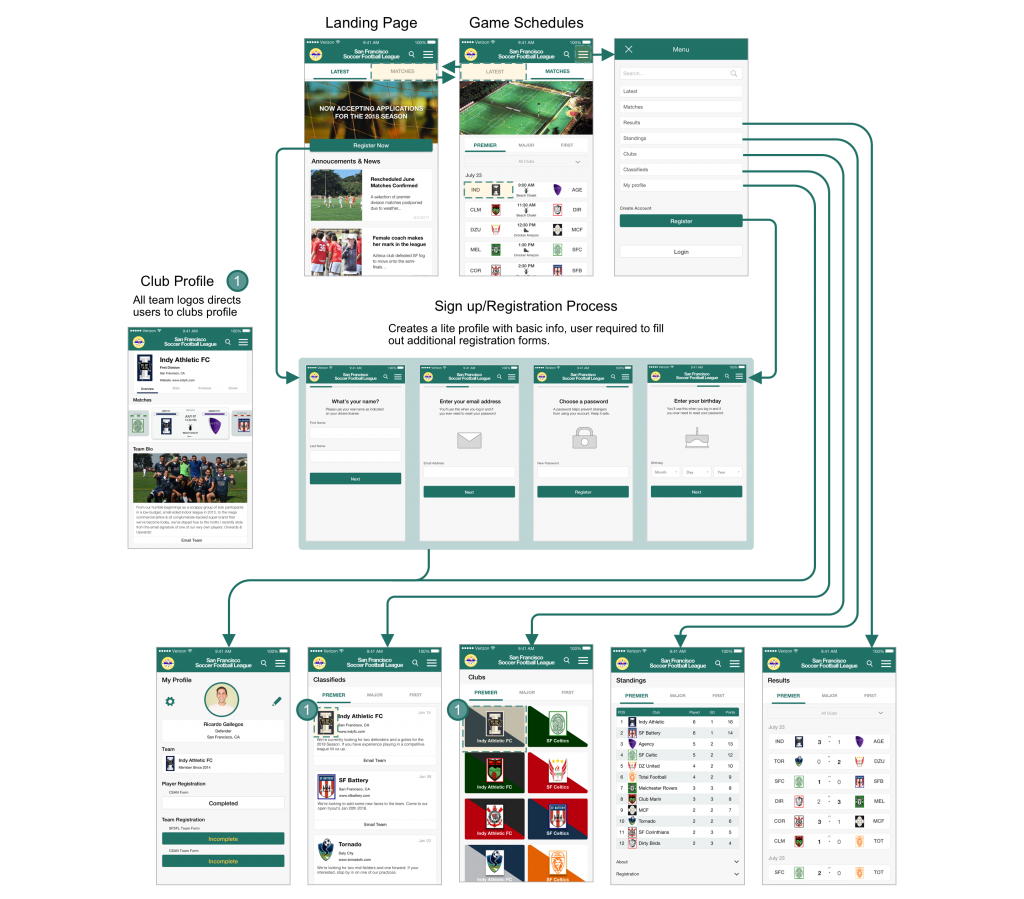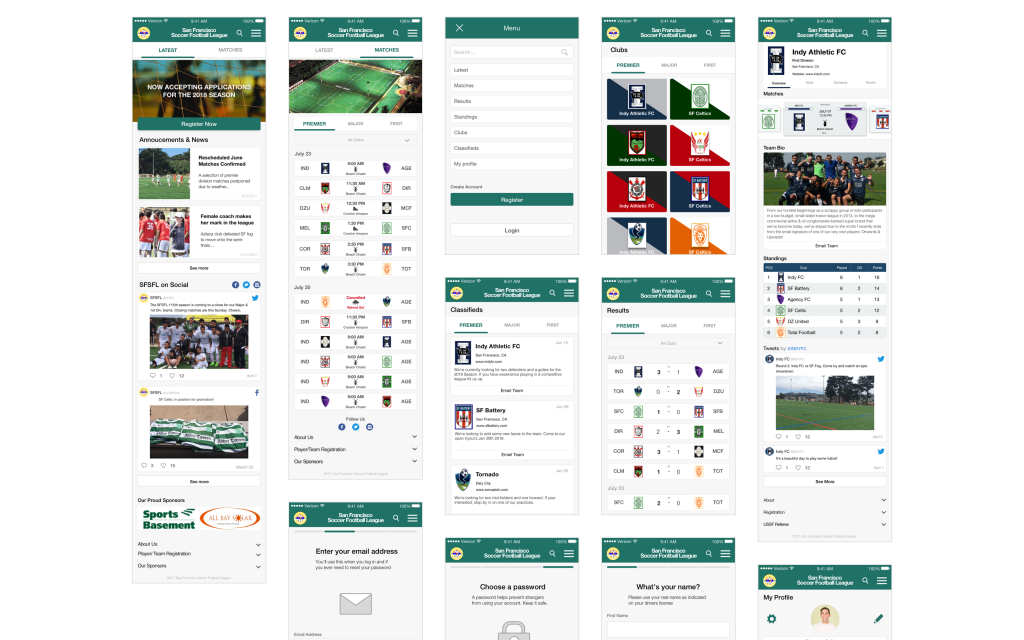Promoting soccer in San Francisco
San Francisco Soccer Football League (SFSFL) is a semi-pro soccer league established in 1902, the league consists of three skilled divisions, twelve teams per division with games being played throughout the year. The leagues mission is to provide the highest level of men’s semi-pro soccer and raise the overall standard of play in the bay area. It leverages its history, memberships stability and league management to establish a soccer footprint in new and non-existing communities.
